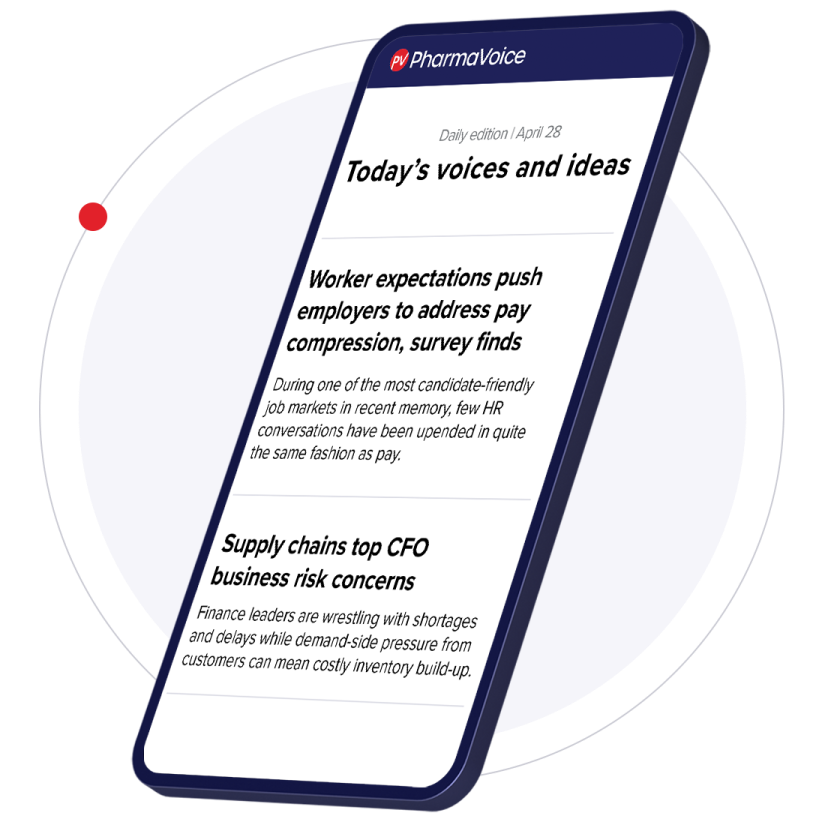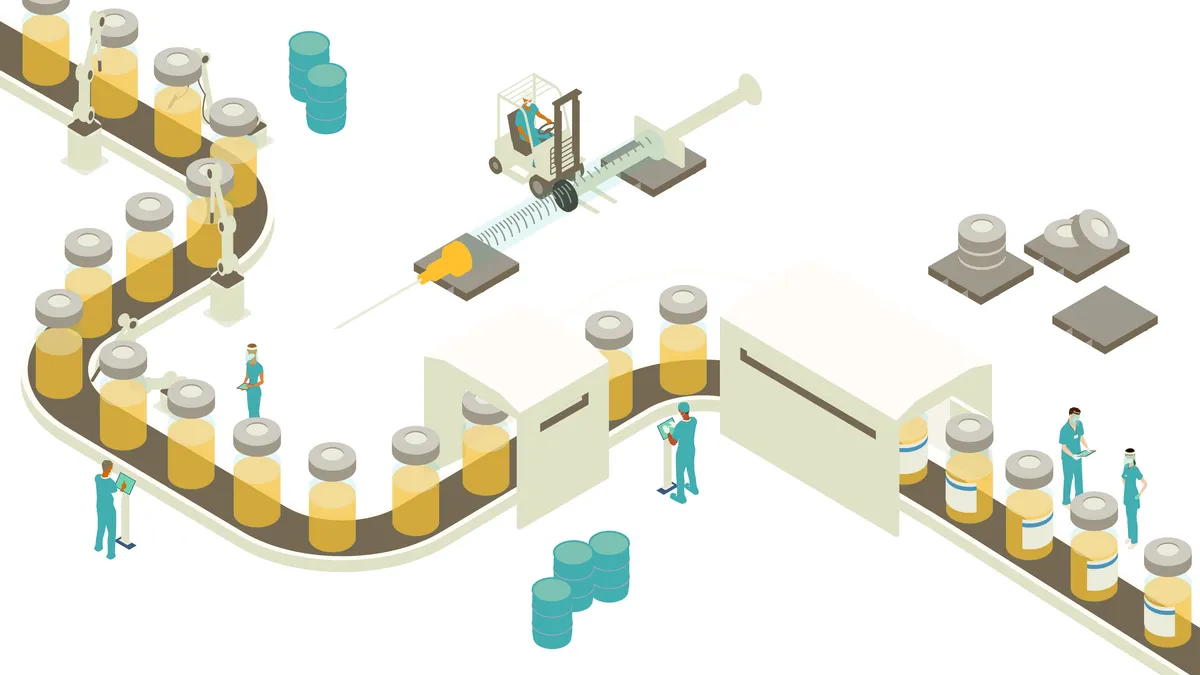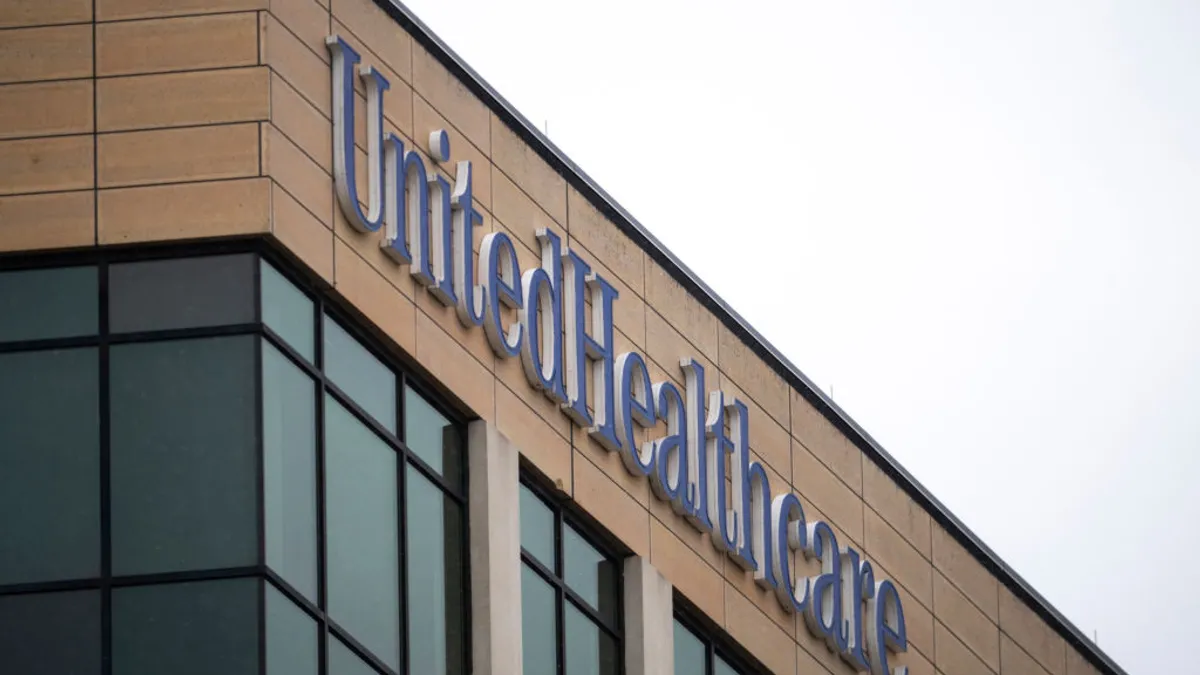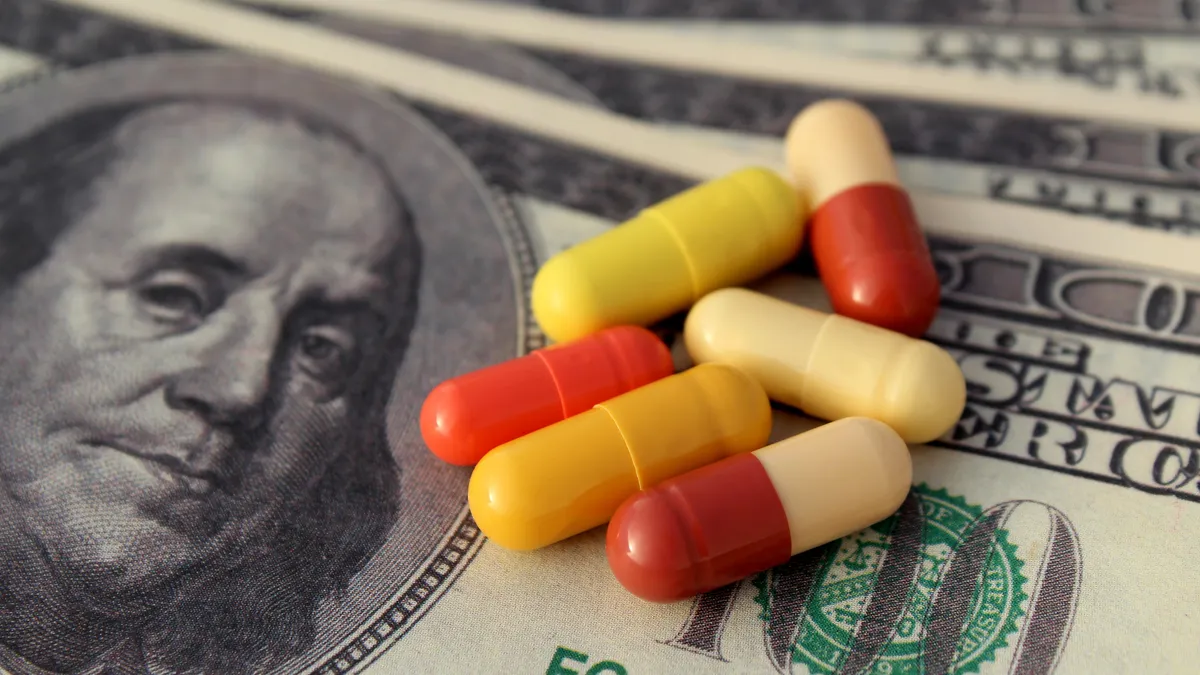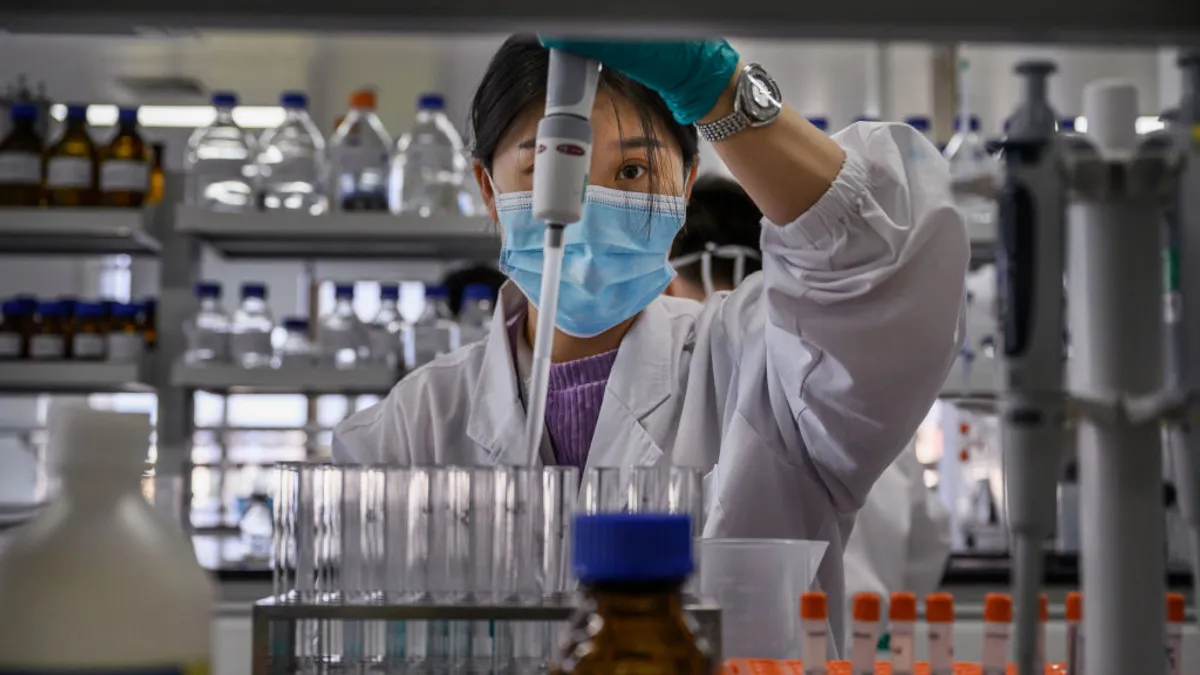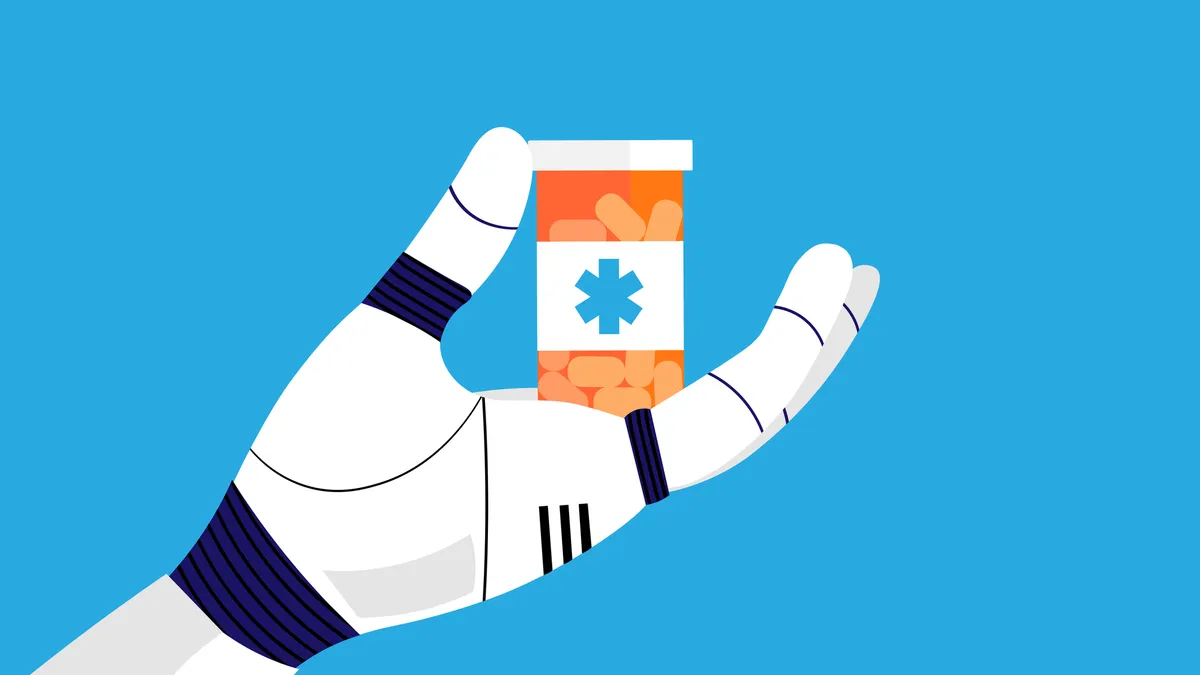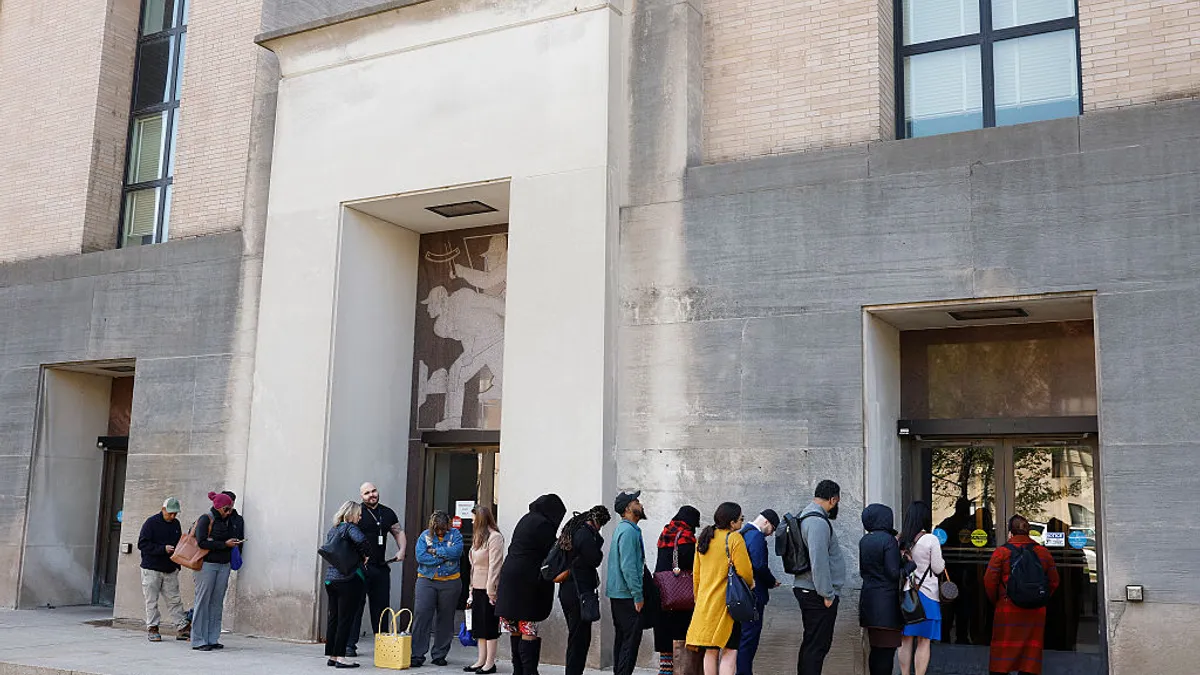With $16.9 billion in sales in 2024 alone, Novo Nordisk has clearly received huge R&D returns from its blockbuster obesity and diabetes drugs Ozempic and Wegovy. And it’s not alone among companies cashing in.
R&D returns for 2024 rose to 5.9% for the top 20 biopharma companies, up from about 4% the year before and continuing a year-over-year upward climb, according to forecasts in a new Deloitte report. Those returns are part of a larger trend. But although the industry is getting better returns from R&D overall, skyrocketing sales for obesity drugs are also skewing those results.
“A lot of that improvement is specifically driven by a smaller number of high-value, outsized assets, primarily within the obesity category,” said Kevin Dondarski, principal, life sciences R&D strategy leader for Deloitte Consulting.
In fact, GLP-1 therapies are playing such a huge part in driving R&D investment growth, that without them, the average return would drop to 3.8%, according to the report, which analyzed the internal rate of return of late-stage pipelines for the top 20 biopharma companies by R&D spend.
Moreover, the two best-selling drugs last year, Keytruda and Ozempic, both face threats that could jeopardize sales. Keytruda’s patent cliff is looming for Merck & Co., while the IRA’s price negotiations could take a bite out of Ozempic’s profits.
Other companies are up against similar challenges as R&D costs rise and external market factors like tariffs, price negotiations, a ooming recession, and sweeping staff cuts at government healthcare agencies create new uncertainties for the industry.
Against these headwinds, ensuring R&D dollars are well spent remains a prime goal for the industry. Here are three strategies that can help pharma along.
Prioritize novel mechanisms of action
When Deloitte analyzed pipeline composition, two key themes emerged.
“Around 40% to 50% of the pipelines are associated with relatively new mechanisms of action,” Dondarski said, meaning they’re either a novel compound or a “fast follower” to another novel compound that had been approved for the first time in the past three years.
And new MOAs accounted for close to 70% of the forecasted value for pharma, Dondarski said.
“There’s a disproportionate amount of forecasted value associated with those programs,” Dondarski said. “It's encouraging, because it shows the market is still valued in placing a premium on innovation.”
Despite these findings, only 32% of biopharma execs in another Deloitte survey said they plan to prioritize transformative innovation over “sustaining” innovation, like me-too drugs.
But the data clearly shows the need to balance surer bets with riskier, but potentially more disruptive and lucrative, development programs.
“One of the things that always comes up in the conversations we have with R&D leaders is the pressure they face to drive near-term growth, but also novel and disruptive innovation,” Dondarski said. “The important part is ensuring that you don't fall too heavily on either side of that coin and ensuring that your portfolio is comprised of opportunities that can drive incremental near-term growth, but also that you’re continuously being disciplined with the investments that are associated to drive that exploration and focus on novel therapeutics.”
Focus on strategic dealmaking
Dealmaking also remains a critical approach to driving R&D returns. Externally sourced assets in the late-stage pipeline rose to 61% in 2024, up from 59% the year before, according to Deloitte.
“There's been such advancements, technologically and scientifically over the last handful of years, whether that's new modalities or new mechanisms of action, it's not surprising to see companies leveraging external deals or acquisitions as a way to accelerate bringing some of that innovation in-house versus trying to do it organically,” Dondarski said.
As companies approach potential deals, Dondarski said many currently have “the desire to swim upstream” and source “innovation earlier in the value chain.”
“That can be in the early clinic to preclinic to even the late-research period,” Dondarski said. “We've seen companies try to shift to an approach of placing more bets that are smaller and earlier in the life cycle, as opposed to trying to make one big deal.”
Overall, Dondarski recommends that companies create novel deal structures that go beyond traditional acquisitions and licensing, such as providing funding for the option to license or acquire an asset down the road.
Play to existing strengths
In both dealmaking and drug development, leveraging your company’s unique capabilities can help boost the chances of R&D success.
“What we have noticed empirically, is that companies that tend to have consistency in the areas that they focus on tend to fare better in the market,” Dondarski said.
He says strategic transactions should bolster existing areas of strength, such as certain therapeutic areas or disease categories, rather than create deals that don’t align with “existing portfolio capabilities” simply for the sake of jumping into something new.
The same is true when it comes to drug development.
Although companies with strong R&D returns “may have a larger focus across different therapeutic areas, there tends to be two or three areas where they really concentrate their efforts,” Dondarski said.



